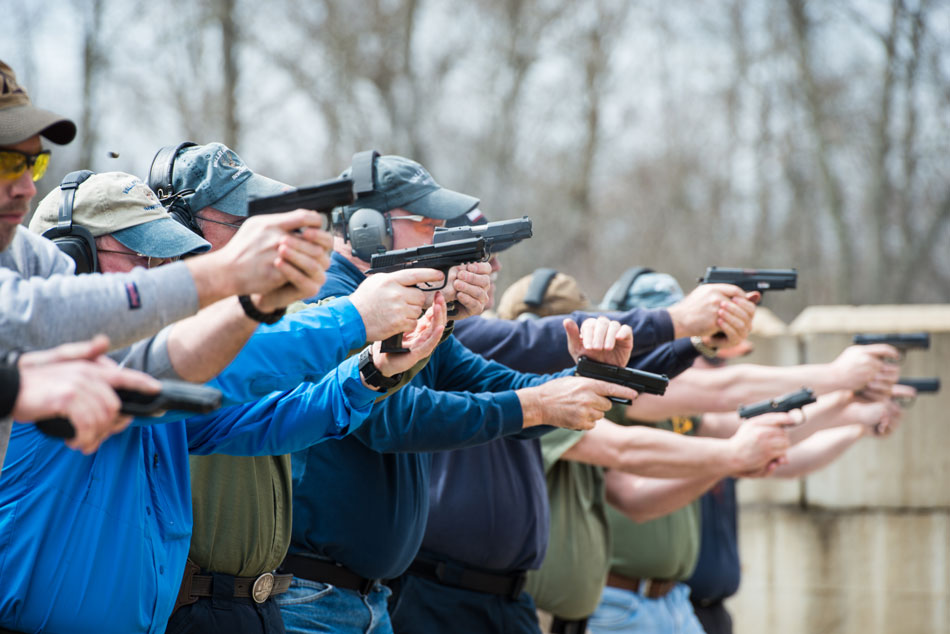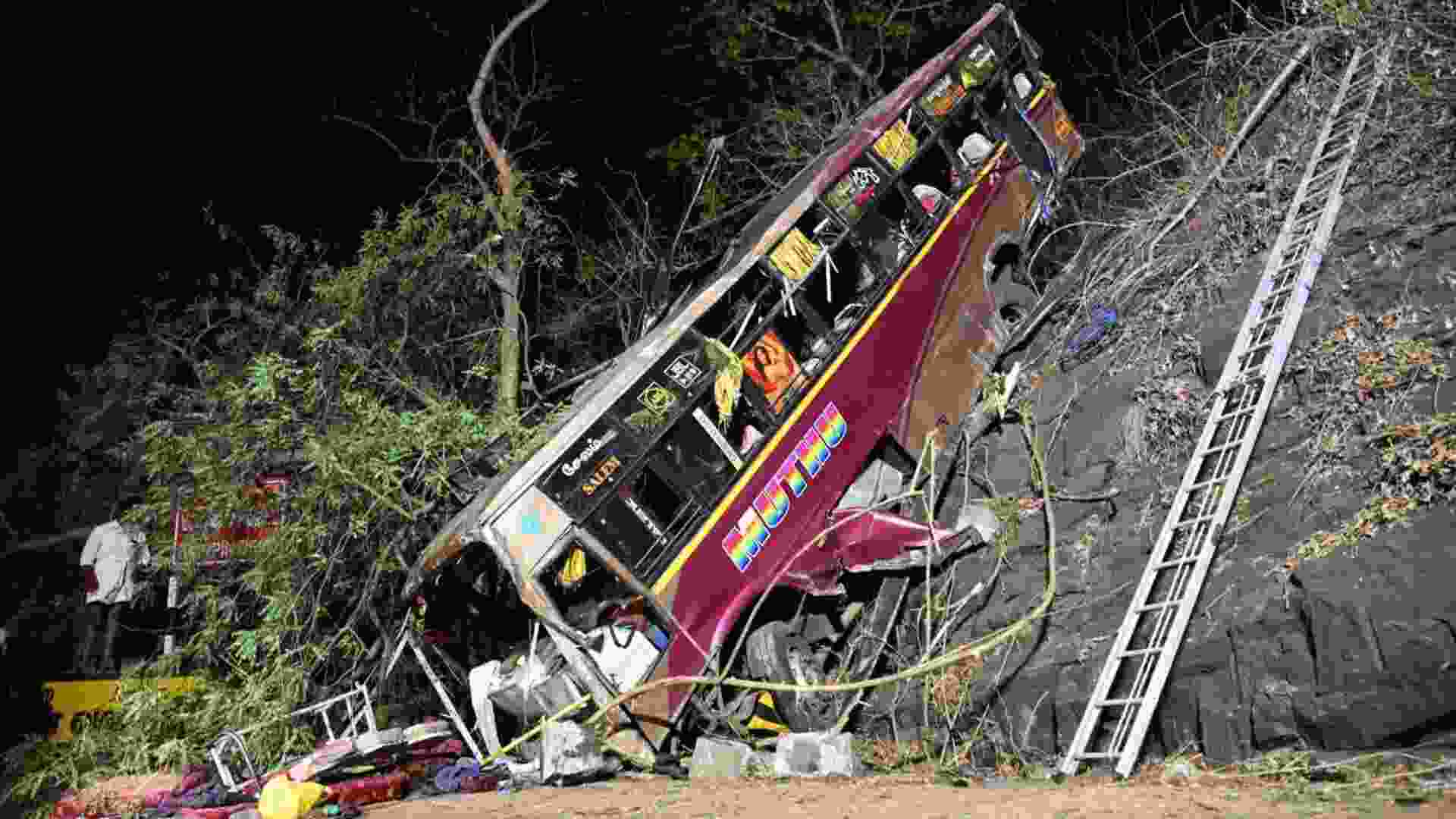
Reloading your own ammunition is an empowering and cost-effective practice that not only allows you to fine-tune your shooting experience but also exemplifies the self-reliance and expertise of licensed firearm professionals who gather on platforms like Arms Directory. The benefits of reloading your own ammunition are multifaceted. It offers significant cost savings compared to buying factory-made rounds. It allows you to customize your loads to match your specific shooting needs, enhancing accuracy and performance.
Whether you’re an experienced shooter or a novice enthusiast, the art of reloading ammunition offers a level of precision and personalization that can elevate your shooting game to new heights. In this guide, we’ll walk you through the steps of reloading ammunition, from the equipment you need to the components of ammunition and the vital safety precautions that must be taken into account. By the end of this journey, you’ll be equipped with the knowledge and skills to create your own rounds, perfectly tailored to your needs.
Reloading your own ammunition requires a specific set of tools and equipment, each playing a critical role in the process. Having the right gear is essential to ensure precision and safety in your reloading endeavor. Here’s a comprehensive list of the equipment you’ll need:
The reloading press is the heart of the operation. It’s the machine that performs the crucial tasks of resizing the casing, priming, seating the bullet, and crimping. Presses come in various types, including single-stage, turret, and progressive, each offering different levels of efficiency and complexity.
Dies are essential tools that fit into the press and perform specific functions. Sizing dies resize the fired brass to its original dimensions, decapping dies remove the spent primer, seating dies seat the bullet, and crimping dies secure the bullet in the casing.
A precise scale is critical for measuring the right amount of powder for each round. Consistency in powder charges is essential for achieving uniform performance and safety.
A powder measure is used to dispense a consistent amount of powder into the casing. It ensures the right amount of propellant for each round, contributing to accuracy and reliability.
Calipers are used to measure cartridge lengths and overall dimensions. This is important to ensure that each round meets specifications and fits in your firearm’s chamber properly.
Over time, brass casings may become too long due to repeated firings. A case trimmer is used to trim the brass to the correct length, ensuring that it fits and chambers correctly.
A priming tool is used to insert fresh primers into the casing. It’s a delicate operation, and precision is crucial to avoid misfires or over-priming.
A loading block is a handy tool for organizing and aligning your casings before adding powder and seating bullets. It keeps everything in order and minimizes the risk of errors.
Case lube is used to lubricate the brass casings before resizing, making it easier and more efficient.
While not strictly necessary, a tumbler can be used to clean and polish your brass casings, ensuring they’re free of dirt and residue before reloading.
A shell holder is a part of the press that holds the casing during various stages of reloading. Different calibers require different shell holders.
Safety should always be a priority. Protective gear like safety glasses and hearing protection is essential. Additionally, a well-ventilated workspace away from open flames or sparks is crucial for safe reloading.
Ammunition is a complex ensemble of components that work in harmony to facilitate the controlled explosion necessary to propel a bullet from a firearm. Understanding these components and how they function together is key to successfully reloading your own ammunition. The primary components of ammunition are the bullet, casing, powder, and primer:
The bullet is the projectile that is fired from the firearm’s barrel. It is the part of the cartridge that strikes the target. Bullets come in various shapes and sizes, each designed for specific purposes, such as target shooting or hunting. They are typically made of lead or a lead-core with a copper jacket.
The casing, also known as the brass or shell, serves as the container for all the other components. It holds the bullet, powder, and primer. The casing is typically made of brass, which is durable and capable of withstanding high pressures. After firing, the casing can be reused multiple times after being resized and reprimed.
The gunpowder, or simply powder, is the propellant that burns rapidly when ignited by the primer. The burning powder generates high-pressure gas, forcing the bullet out of the barrel. The type and amount of powder used significantly affect the velocity and performance of the round.
The primer is a small, sensitive component located at the base of the casing. When struck by the firing pin, the primer ignites, creating a spark that ignites the powder. This rapid ignition initiates the controlled explosion that propels the bullet out of the firearm.
Reloading your own ammunition is a step-by-step process that requires precision, attention to detail, and adherence to safety measures. Understanding each stage of the reloading process is essential to produce safe, reliable, and accurate rounds tailored to your specific needs. Here’s a comprehensive guide that breaks down the reloading process, from resizing and decapping the brass to measuring and adding powder, seating the bullet, and crimping the casing.
● Case Inspection. Before you begin, inspect your brass casings for signs of wear, splits, or damage. Discard any cases that are unsuitable for reloading.
● Resizing. The first step is to resize the fired casings. A resizing die is used to return the brass to its original dimensions, ensuring a proper fit in the firearm’s chamber. Lubricate the cases lightly to make resizing smoother.
● Decapping. During the resizing process, the spent primer is removed from the casing. This is known as decapping and is typically done simultaneously with resizing.
● Powder Charge. The next step involves measuring the correct amount of powder for each round. A powder measure or scale is used to ensure consistent and accurate charges. Consult reloading manuals for the recommended powder charge for your specific load.
● Filling the Casing. Carefully pour the measured powder into the casing. Take care not to spill or mix powders. A funnel can help with precision.
● Bullet Selection. Choose the appropriate bullet for your intended use, whether it’s target shooting, hunting, or any other purpose.
● Bullet Seating Die. The bullet seating die is used to seat the bullet to the desired depth within the casing. The depth should be consistent for each round to ensure uniform performance.
● Bullet Seating. Place a bullet on top of the filled casing, and then insert the casing into the bullet seating die. Adjust the die to the desired depth, typically measured from the tip of the bullet to the base of the casing. Proper depth is crucial for accuracy and safety.
● Crimp Die. The crimp die is used to secure the bullet in the casing. It’s particularly important for rounds intended for use in semi-automatic firearms to prevent bullet setback.
● Crimping. Place the loaded casing into the crimp die and adjust it to apply the appropriate crimp. This process secures the bullet in place and ensures it won’t shift during feeding and firing.
● Check Each Round. After completing each step of the reloading process, it’s essential to inspect each round for any irregularities or defects. Pay attention to case length, bullet seating depth, and overall cartridge dimensions.
● Test Rounds. Before using your reloaded ammunition extensively, it’s advisable to test a few rounds at the range to ensure they function correctly and maintain accuracy. Observe for any signs of overpressure or issues with feeding and ejecting.
Maintain Records. Keep detailed records of your reloading activities, including powder charges, bullet types, and casing preparations. This information is crucial for future reference and for ensuring the consistency and safety of your loads.
● Wear Safety Gear. Throughout the reloading process, always wear safety glasses to protect your eyes from potential hazards. Hearing protection is also recommended.
● Work in a Well-Ventilated Area. Ensure proper ventilation in your reloading area to disperse any powder or primer fumes.
● Follow Manufacturer’s Instructions. Always adhere to the manufacturer’s instructions for your reloading equipment and components. Deviating from these instructions can be dangerous.
● No Smoking or Open Flames. Smoking or having open flames in the reloading area is strictly prohibited due to the flammable nature of powder and primers.
Safety is paramount when it comes to reloading your own ammunition. While this process offers a range of benefits, it also involves handling potentially hazardous materials and working with high-pressure firearms. To ensure your safety and the safety of others, it’s essential to follow strict safety protocols throughout the reloading process.
Always wear the appropriate protective gear, including safety glasses, to shield your eyes from any potential hazards. Hearing protection is also advisable, as the repeated sound of primers being seated and crimped can be loud. These precautions will help safeguard your senses while you work.
Only use components that are suitable for your specific reloading needs. Ensure that you’ve selected the correct caliber of bullets, primers, and powder for your intended use. Mixing components or using the wrong ones can result in dangerous malfunctions.
Strictly follow the manufacturer’s instructions for your reloading equipment and components. Each reloading press, die, and tool has specific guidelines for safe and effective operation. Deviating from these instructions can lead to accidents and unreliable ammunition.
Smoking or having open flames in the reloading area is strictly prohibited. Powder and primers are highly flammable, and any ignition source can result in a catastrophic accident.
Maintain a well-ventilated workspace to disperse any fumes generated during the reloading process. Adequate ventilation reduces the risk of inhaling potentially harmful substances.
Ensure that your workspace is free of contaminants, such as dust, dirt, or foreign materials. Contamination can affect the quality and safety of your ammunition.
Keep your reloading area clean and well-organized. A cluttered workspace can lead to mistakes and mishandling of components.
In closing, reloading your own ammunition is a meticulous craft that combines precision, personalization, and safety. Understanding the components and equipment, following each step of the process with care, and adhering to stringent safety measures are the keys to crafting reliable and accurate rounds. Whether you’re a seasoned shooter or a novice enthusiast, the satisfaction of creating your ammunition tailored to your needs is unparalleled. The combination of expertise, precision, and a commitment to safety ensures a rewarding reloading experience.















